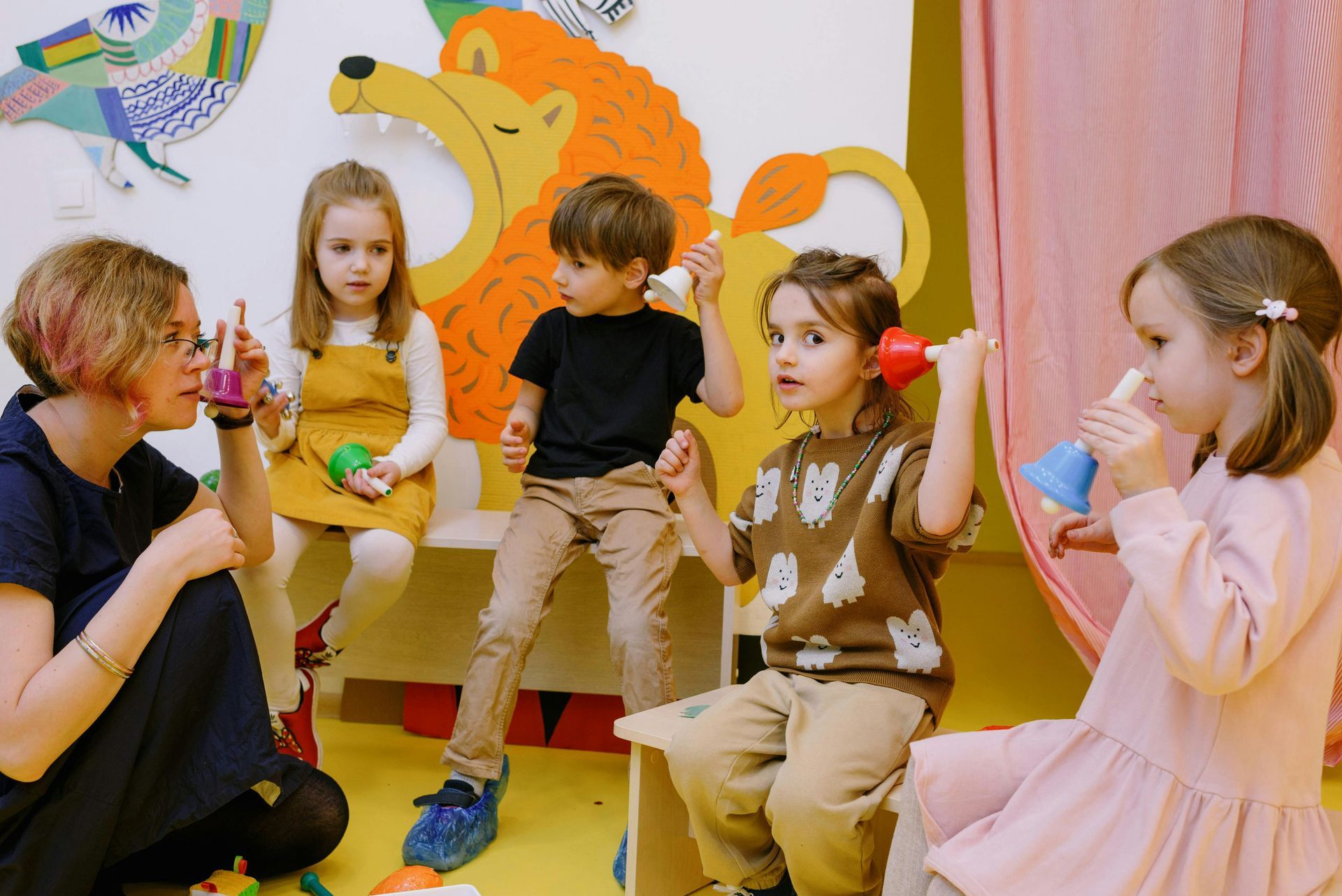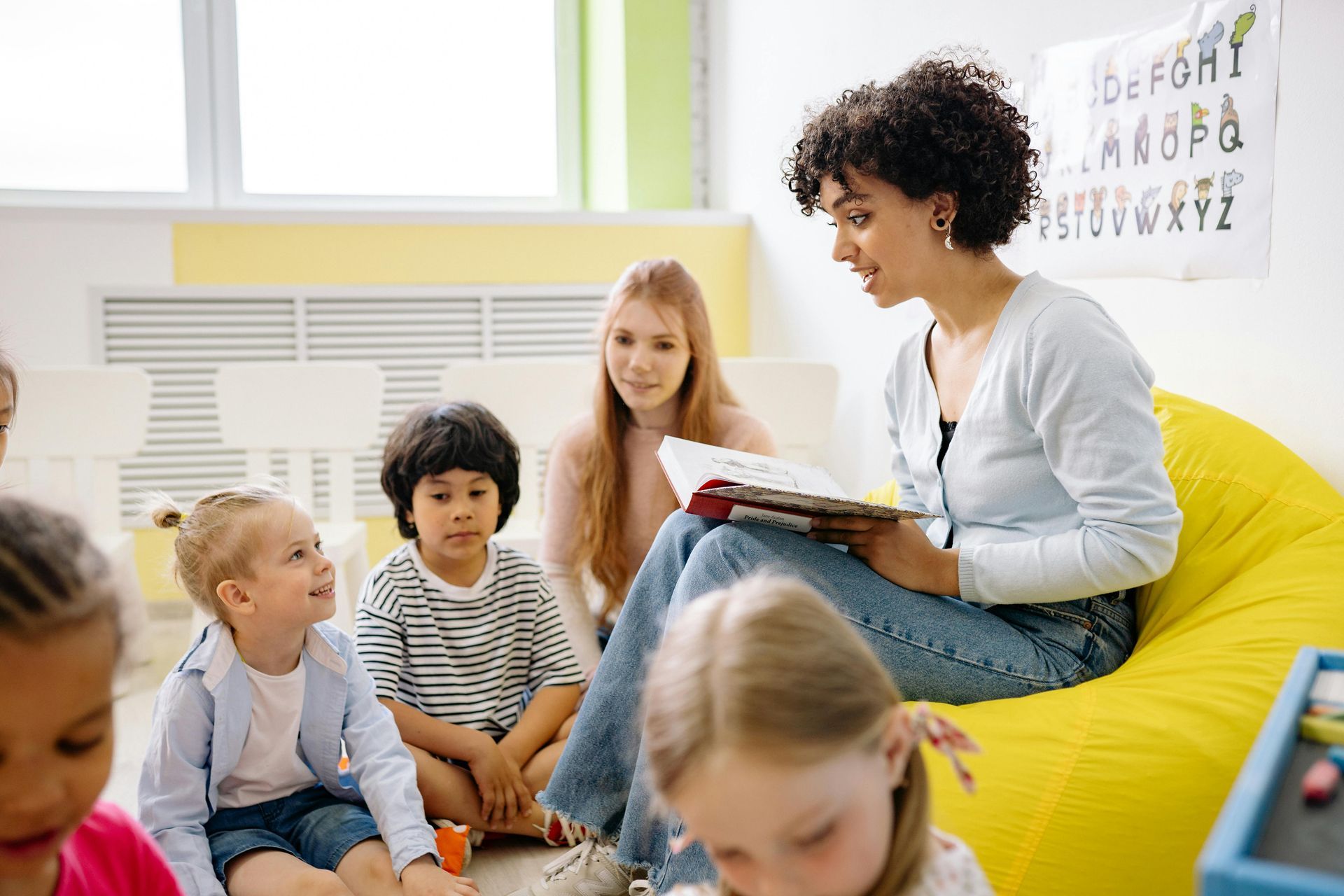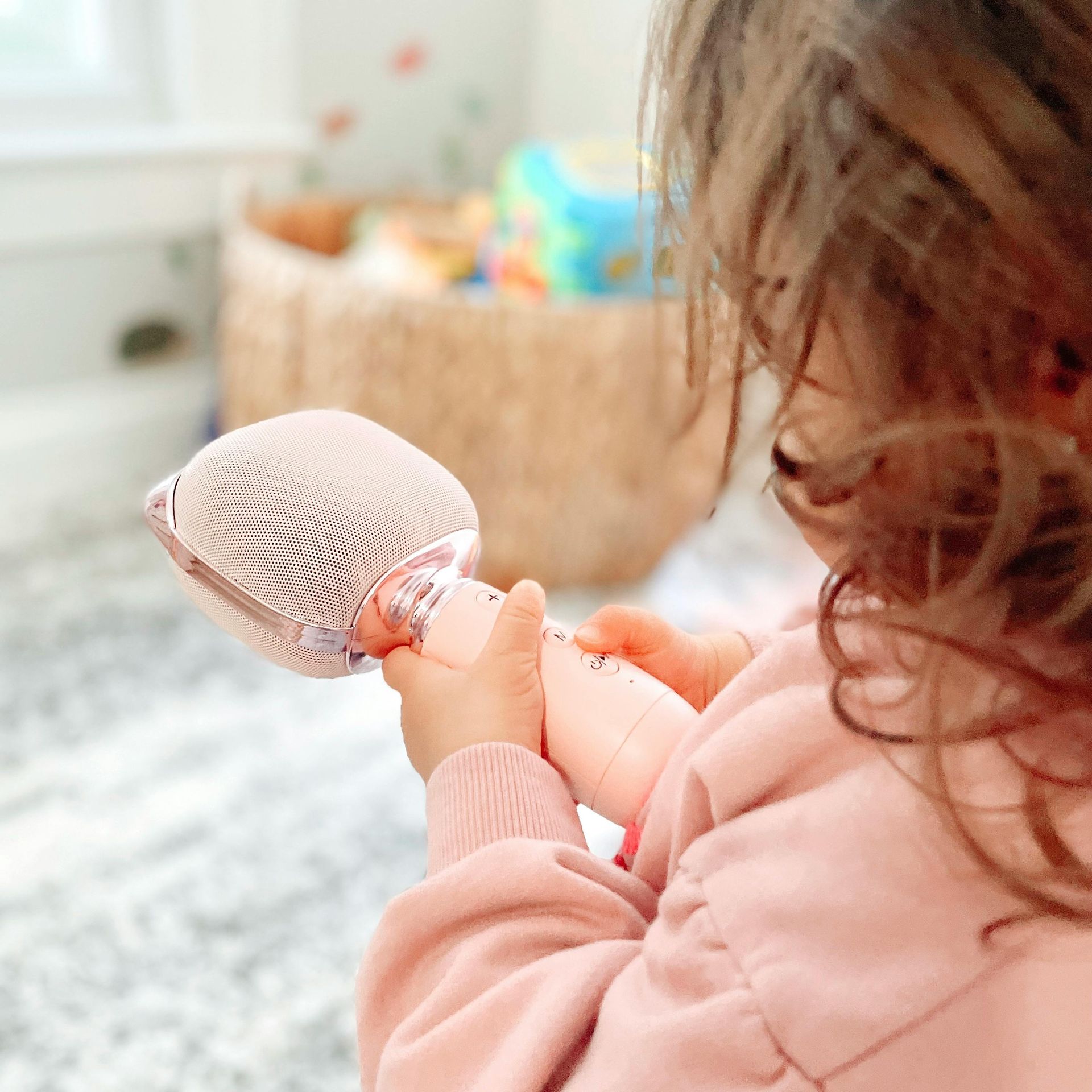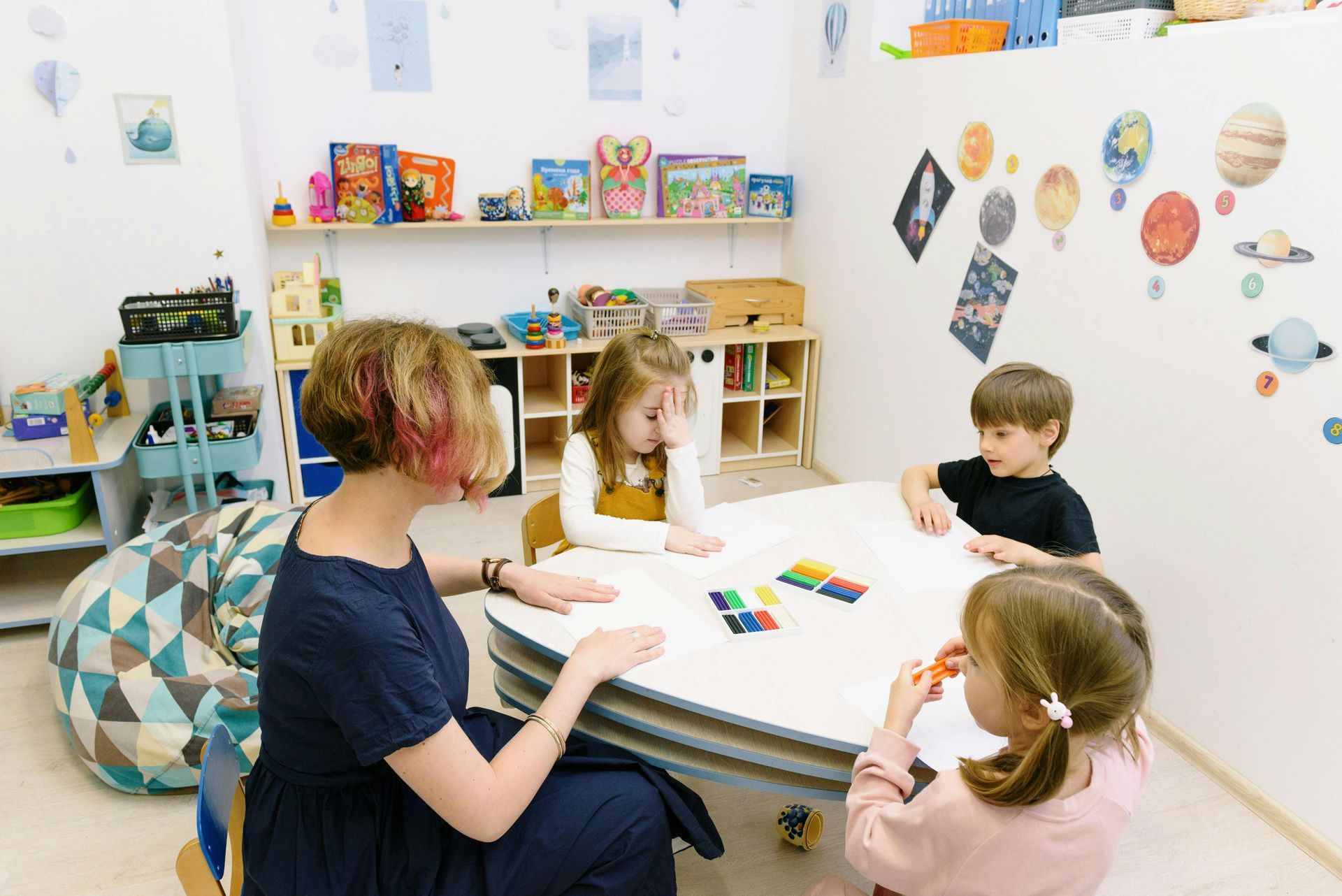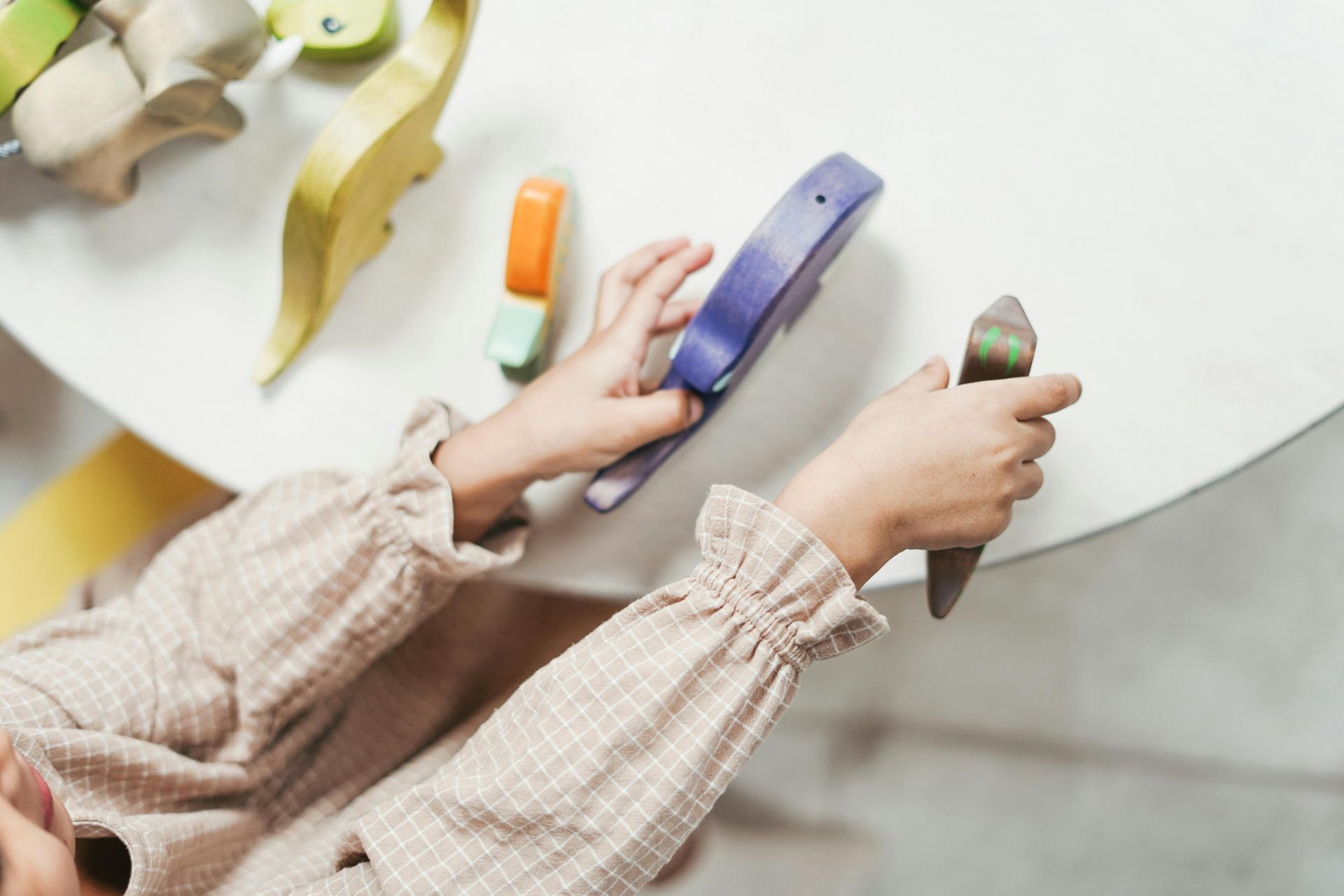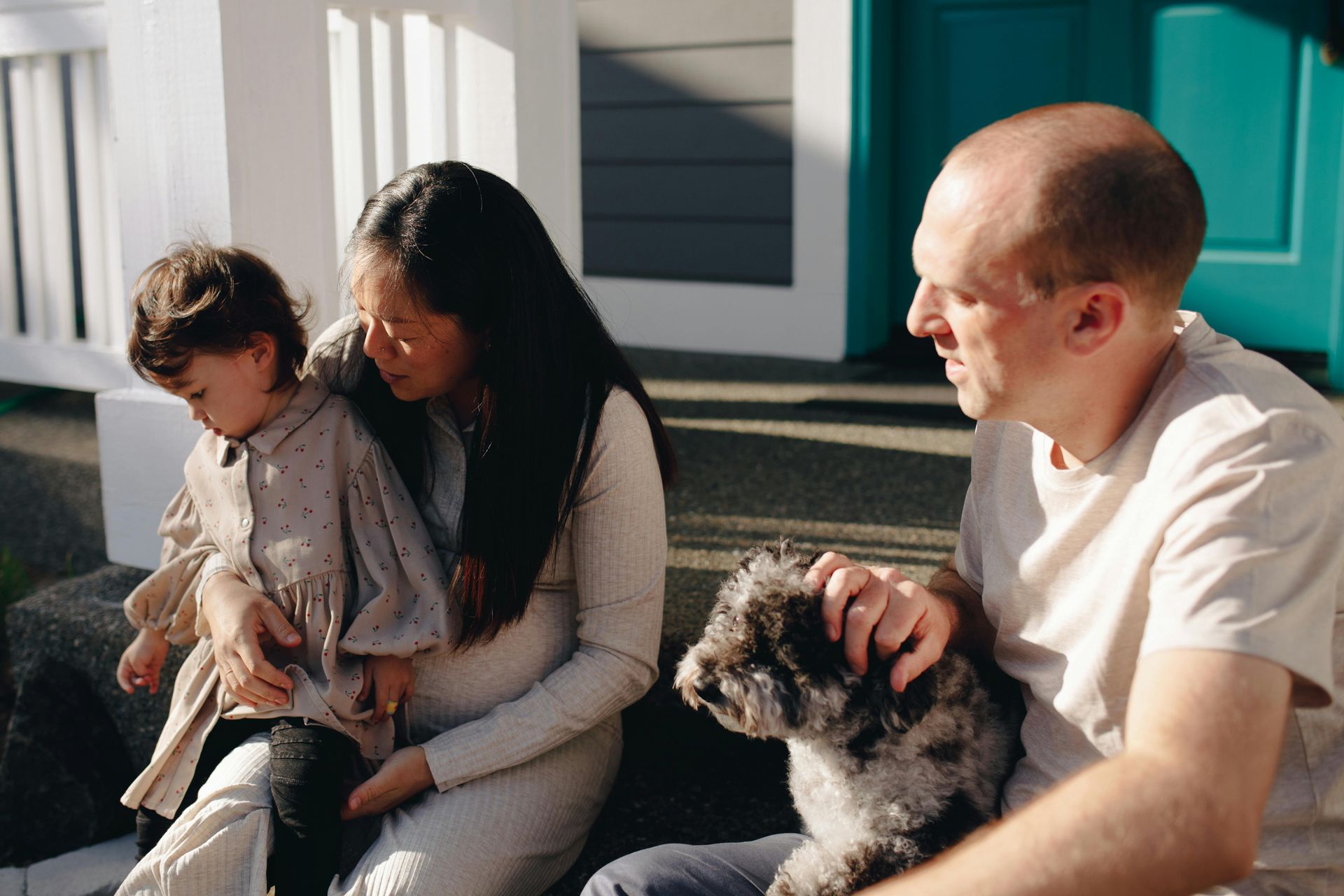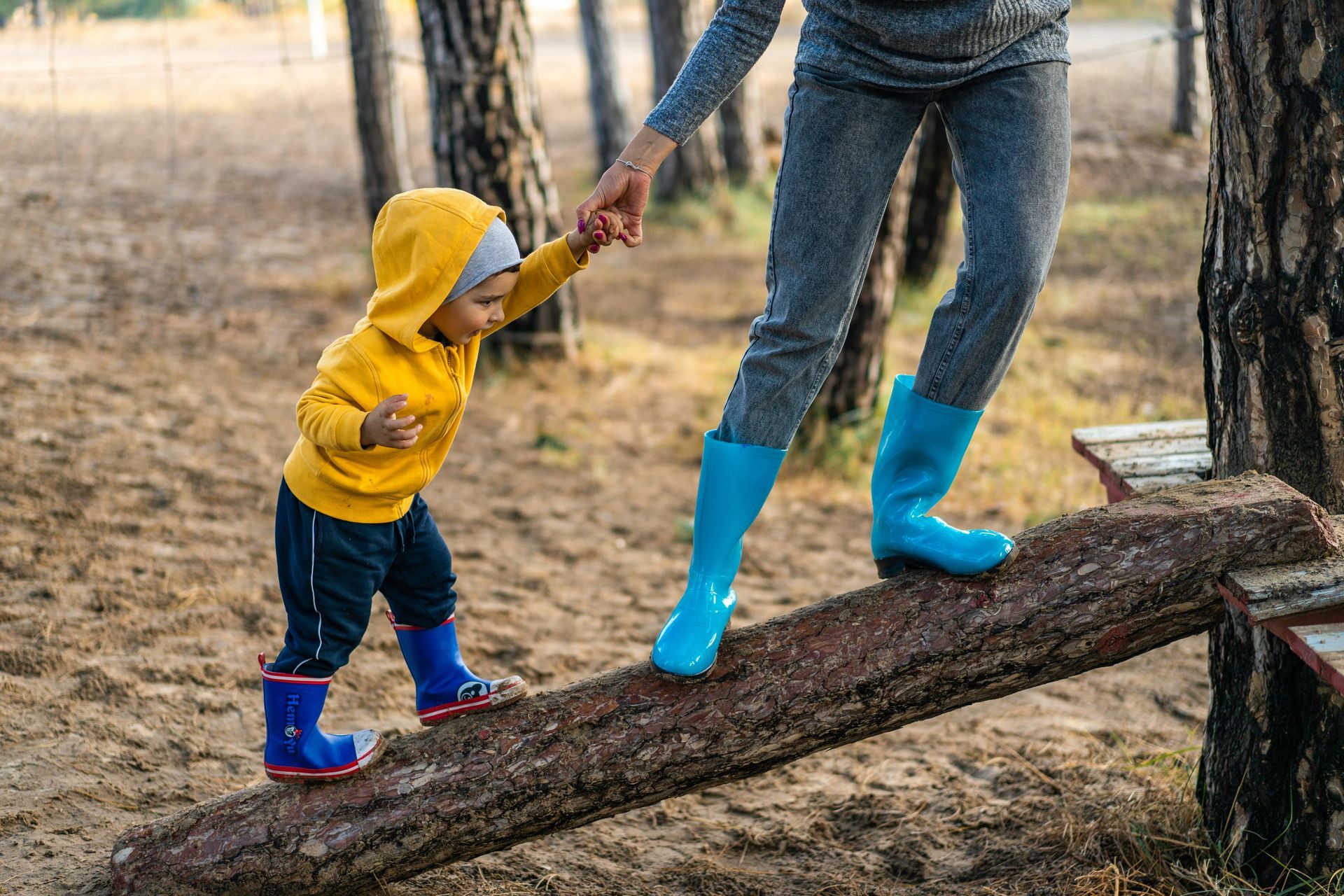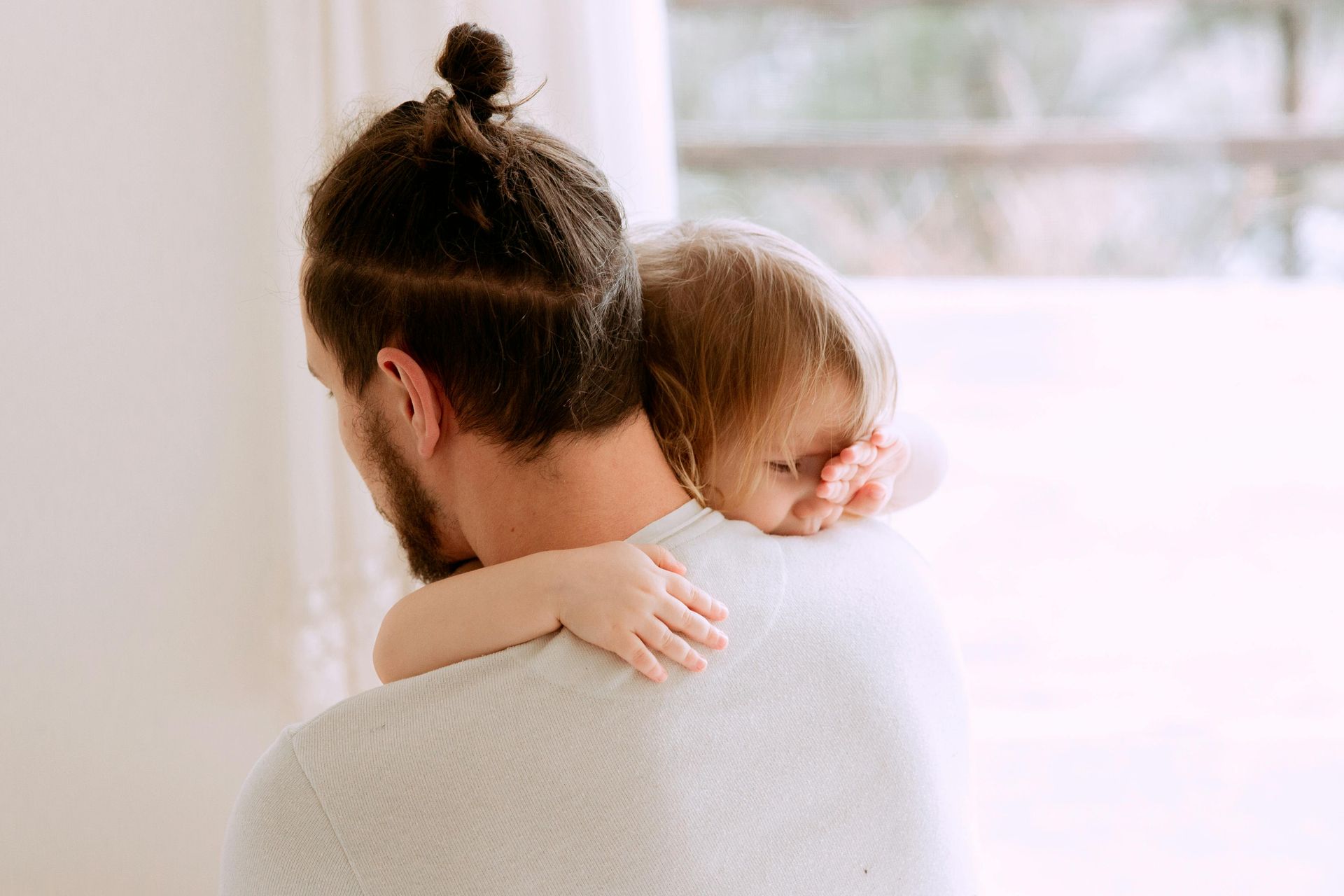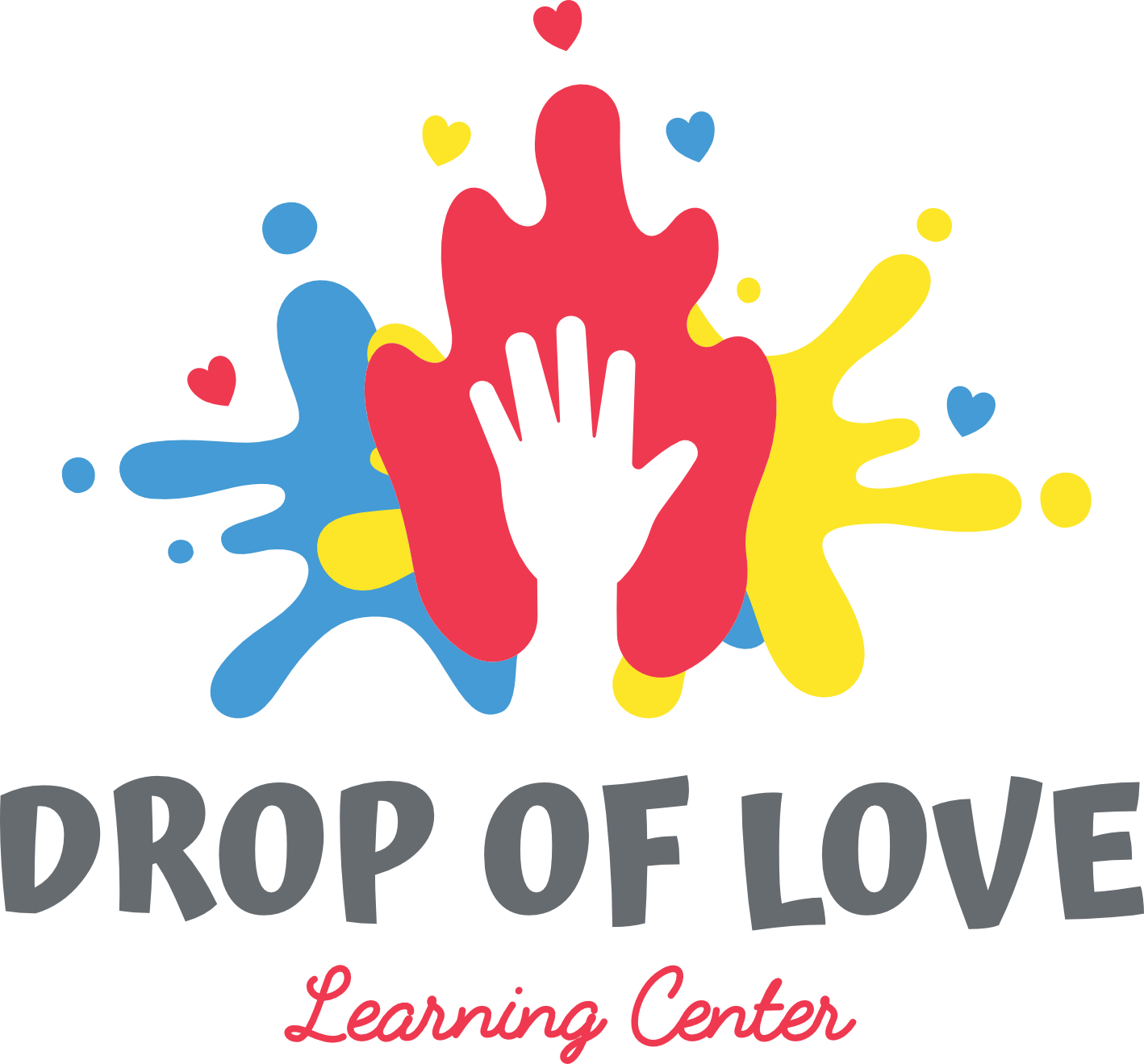The Power of Positive Reinforcement: Encouraging Good Behavior in Young Children

Positive reinforcement is a powerful tool in shaping behavior and helping children grow into responsible, respectful individuals. At Drop of Love Orlando, we believe in the transformative power of positive reinforcement and how it fosters a nurturing and supportive learning environment. In this blog post, we’ll explore what positive reinforcement is, how it works, and why it’s essential in promoting good behavior in young children.
What is Positive Reinforcement?
Positive reinforcement refers to the practice of rewarding desirable behavior to encourage its repetition. Instead of focusing on punishing negative behavior, positive reinforcement highlights and rewards actions that align with the desired outcomes. This approach helps children understand what is expected of them and reinforces the behaviors that are important for their development.
Positive reinforcement can come in many forms, including praise, stickers, tokens, extra playtime, or even simple gestures like a high-five or a hug. The key is to offer rewards immediately after the behavior is displayed, making the connection between the behavior and the positive outcome clear.
The Science Behind Positive Reinforcement
The concept of positive reinforcement is rooted in behavioral psychology. According to B.F. Skinner’s operant conditioning theory, behaviors that are followed by positive consequences are more likely to be repeated. When children are rewarded for displaying appropriate behaviors, they feel motivated to continue those behaviors because they associate them with positive outcomes.
This principle applies to a wide range of behaviors, from following classroom rules to displaying kindness to others. By consistently reinforcing good behavior, children begin to internalize these positive actions, turning them into habits that last a lifetime.
Why Positive Reinforcement Works
1. Builds Confidence and Self-Esteem
Positive reinforcement helps children feel valued and appreciated for their actions. When children are recognized for their good behavior, they experience a boost in self-esteem and confidence. This sense of accomplishment motivates them to continue exhibiting positive behaviors and strive for further success.
2. Encourages Cooperation and Respect
When children receive praise for displaying respectful and cooperative behavior, they are more likely to repeat those actions. Positive reinforcement teaches children the value of working together, listening to others, and being considerate of those around them. These behaviors lay the foundation for strong social skills and emotional intelligence.
3. Promotes a Positive Learning Environment
In a classroom where positive reinforcement is practiced, children are more likely to feel safe, motivated, and eager to learn. The use of rewards for positive behavior fosters a positive atmosphere where children feel supported and encouraged to participate in activities, engage with others, and take risks without the fear of failure.
4. Reinforces Desired Behaviors
Positive reinforcement is effective in shaping behaviors that align with desired outcomes. For example, when children are rewarded for completing tasks on time or for showing kindness to others, they are more likely to continue exhibiting those behaviors. By consistently reinforcing positive actions, educators can help children develop good habits that will benefit them throughout their lives.
How Drop of Love Orlando Implements Positive Reinforcement
At Drop of Love Orlando, we incorporate positive reinforcement into our curriculum and daily interactions with children. Here are some ways we use this powerful tool to foster good behavior:
1. Verbal Praise and Encouragement
One of the most effective forms of positive reinforcement is verbal praise. We make sure to acknowledge and celebrate the efforts and successes of each child, whether it’s for sharing, following instructions, or demonstrating kindness. By using affirming language like “Great job!” or “I’m so proud of you!” we encourage children to continue displaying those behaviors.
2. Reward Systems
We use reward systems, such as sticker charts or “star” awards, to recognize children’s accomplishments. For example, when a child follows the rules or completes a task, they might earn a sticker or a token that can be exchanged for a reward, such as extra playtime. These tangible rewards serve as a reminder of the positive behavior and motivate children to continue working toward their goals.
3. Positive Behavior Reinforcement During Group Activities
During group activities, we encourage positive interactions by praising children for working together, sharing resources, and listening to each other. Positive reinforcement during group activities helps build a sense of teamwork and cooperation, which are essential for developing strong social skills.
4. Modeling Positive Behavior
Our educators at Drop of Love Orlando lead by example, modeling positive behavior for the children. By demonstrating respect, kindness, and patience, we show children how to interact with others and how to handle challenges in a constructive way. When children see their teachers modeling positive behavior, they are more likely to mimic those actions.
5. Setting Clear Expectations and Reinforcing Goals
We ensure that expectations for behavior are clear and consistent. When children understand what is expected of them, they are more likely to meet those expectations. Positive reinforcement is used to acknowledge when children meet or exceed those expectations, further encouraging them to stay on track and continue making good choices.
Benefits of Positive Reinforcement in Early Childhood Education
Positive reinforcement offers several benefits for young children, both in the classroom and at home:
1. Improved Behavior and Attitude
Children who receive positive reinforcement for good behavior are more likely to maintain a positive attitude and exhibit good behavior in the future. This approach helps reduce instances of disruptive behavior, as children are more focused on achieving positive outcomes than on seeking attention for negative actions.
2. Greater Emotional Regulation
When children are taught to focus on positive behaviors and are rewarded for displaying them, they learn to regulate their emotions. Positive reinforcement helps children understand how their actions impact others and teaches them the value of making thoughtful choices.
3. Strengthened Parent-Teacher Collaboration
Positive reinforcement strengthens the partnership between parents and teachers. When children consistently display positive behaviors at school and are praised for their efforts, parents can reinforce these behaviors at home, creating a unified approach to child development. Communication between parents and teachers helps ensure that positive reinforcement strategies are consistent and effective.
4. Motivation to Learn and Grow
When children feel that their efforts are recognized, they become more motivated to engage in learning and personal growth. Positive reinforcement not only encourages good behavior but also fosters a love for learning, as children begin to see the rewards that come with hard work and dedication.
Practical Tips for Using Positive Reinforcement at Home
Parents can use positive reinforcement techniques at home to promote good behavior and help children develop good habits.
Here are some tips:
1. Be Specific with Praise
Instead of offering general praise, be specific about the behavior you are recognizing. For example, say, “I love how you shared your toy with your friend” rather than simply saying, “Good job.” This helps children understand what they did right and encourages them to continue those specific actions.
2. Consistency is Key
Consistency is crucial when it comes to positive reinforcement. Ensure that you are consistently rewarding good behavior and setting clear expectations. The more consistent you are, the more effective positive reinforcement will be in shaping your child’s behavior.
3. Use a Variety of Rewards
Different children respond to different types of rewards. Some may appreciate verbal praise, while others may prefer tangible rewards such as stickers or extra playtime. Experiment with various rewards to see what motivates your child the most.
4. Set Achievable Goals
Encourage your child by setting achievable goals and rewarding their progress. For example, if your child is learning to clean up after themselves, offer praise or a small reward when they complete the task. Gradually increase the difficulty of the goals as your child’s abilities improve.
5. Avoid Over-Rewarding
While positive reinforcement is important, avoid over-rewarding your child for every small task. Instead, focus on recognizing more significant achievements and behaviors. This helps children learn the value of earning rewards through effort and responsibility.
Learn how building emotional resilience and encouraging creative expression contribute to a child's lifelong success by reading these insightful blog posts:
Raising Emotionally Resilient Children: Building the Foundation for Lifelong Success and
The Role of Creative Expression in Early Childhood Development.
Conclusion: The Lasting Impact of Positive Reinforcement
Positive reinforcement is a vital tool in early childhood education that encourages good behavior, fosters self-esteem, and helps children develop important social and emotional skills. By incorporating positive reinforcement into everyday interactions, we at Drop of Love Orlando are building a foundation for children to thrive both in the classroom and in life.
When we focus on reinforcing positive behaviors, we create a supportive and motivating environment where children feel empowered to make good choices, work hard, and build strong relationships. Positive reinforcement lays the groundwork for long-term success, both academically and personally.
